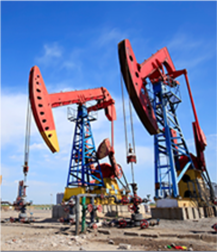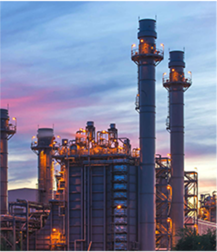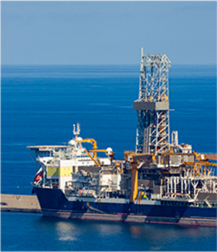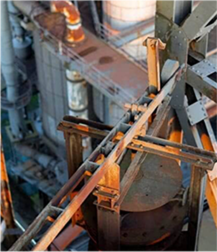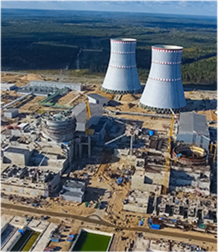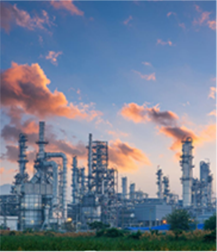


Nickel 200 and 201 plate offer outstanding corrosion resistance to caustic soda and other alkalis. They perform best in reducing environments but can also be used under oxidizing conditions when a passive oxide film is formed. They are used in aerospace, chemical and petrochemical processing, food processing, and marine and water treatment applications. Nickel 200 and 201 are both highly ductile across a wide temperature range and can be easily welded and processed by standard shop fabrication practices.
Nickel 200 (UNS N02200) and 201 (UNS N02201) are dual-certifiable wrought nickel materials. They differ only in the maximum carbon levels present—0.15% for Nickel 200 and 0.02% for Nickel 201.
Nickel 200 plate is normally limited to service at temperatures below 600ºF (315ºC), since at higher temperatures it can suffer from graphitization which can severely compromise properties. At higher temperatures Nickel 201 plate should be utilized. Both grades are approved under ASME Boiler and Pressure Vessel Code Section VIII, Division 1. Nickel 200 plate is approved for service up to 600ºF (315ºC), while Nickel 201 plate is approved up to 1250ºF (677ºC).
Both grades offer outstanding corrosion resistance to caustic soda and other alkalis. The alloys perform best in reducing environments but can also be used under oxidizing conditions that produce a passive oxide film. They both resist corrosion by distilled, natural water and flowing seawater but are attacked by stagnant seawater.
Nickel 200 and 201 are ferromagnetic and exhibit highly ductile mechanical properties across a wide temperature range.
Both grades are easily welded and processed by standard shop fabrication practices.
Applications
1, Aerospace and Missile Components
2,Chemical and Petrochemical Processing—chlor-alkali production, caustic soda and other alkalis; sulfuric, hydrochloric, hydrofluoric, phosphoric, and organic acids; neutral and reducing salt solutions; reactive chlorides including phosphorus oxychloride, phosphorus trichloride, nitrosyl chloride, benzyl chloride, and benzoyl chloride; fluorine and chlorine; bromine and phenol
3, Food Processing Equipment— cooling brine, fatty acids, fruit juices
4, Marine and Water Treatment— distilled, natural water and flowing seawater
Element | Nickel 200 | Nickel 201 |
Nickel (plus Cobalt) | 99.0 minimum | 99.0 minimum |
Copper | 0.25 | 0.25 |
Iron | 0.40 | 0.40 |
Manganese | 0.35 | 0.35 |
Carbon | 0.15 | 0.02 |
Silicon | 0.35 | 0.35 |
Sulfur | 0.01 | 0.01 |
| Yield Strength | Ultimate Tensile | Elongation | Hardness | |||
| ksi | MPa | ksi | MPa | % | Brinell | Rockwell |
Nickel 200 | 15–40 | 105–275 | 55–80 | 380–550 | 60–40 | 90–140 | 45–73 |
Nickel 201 | 12–35 | 83–240 | 50–70 | 345–485 | 60–40 | — | — |

| hastelloy g30 sheet | hastelloy c276 tubes |
| hastelloy g30 round bar | hastelloy c276 tube supplier |
| hastelloy g30 plate | hastelloy c276 tube factory |
| hastelloy g30 pipe | hastelloy c276 tube |
| hastelloy hoses | hastelloy c276 tig rod |
| hastelloy hex bar | hastelloy c276 threaded rod |
| hastelloy gold | hastelloy c276 supplier |
| hastelloy est il des aciers | hastelloy c276 steel |
